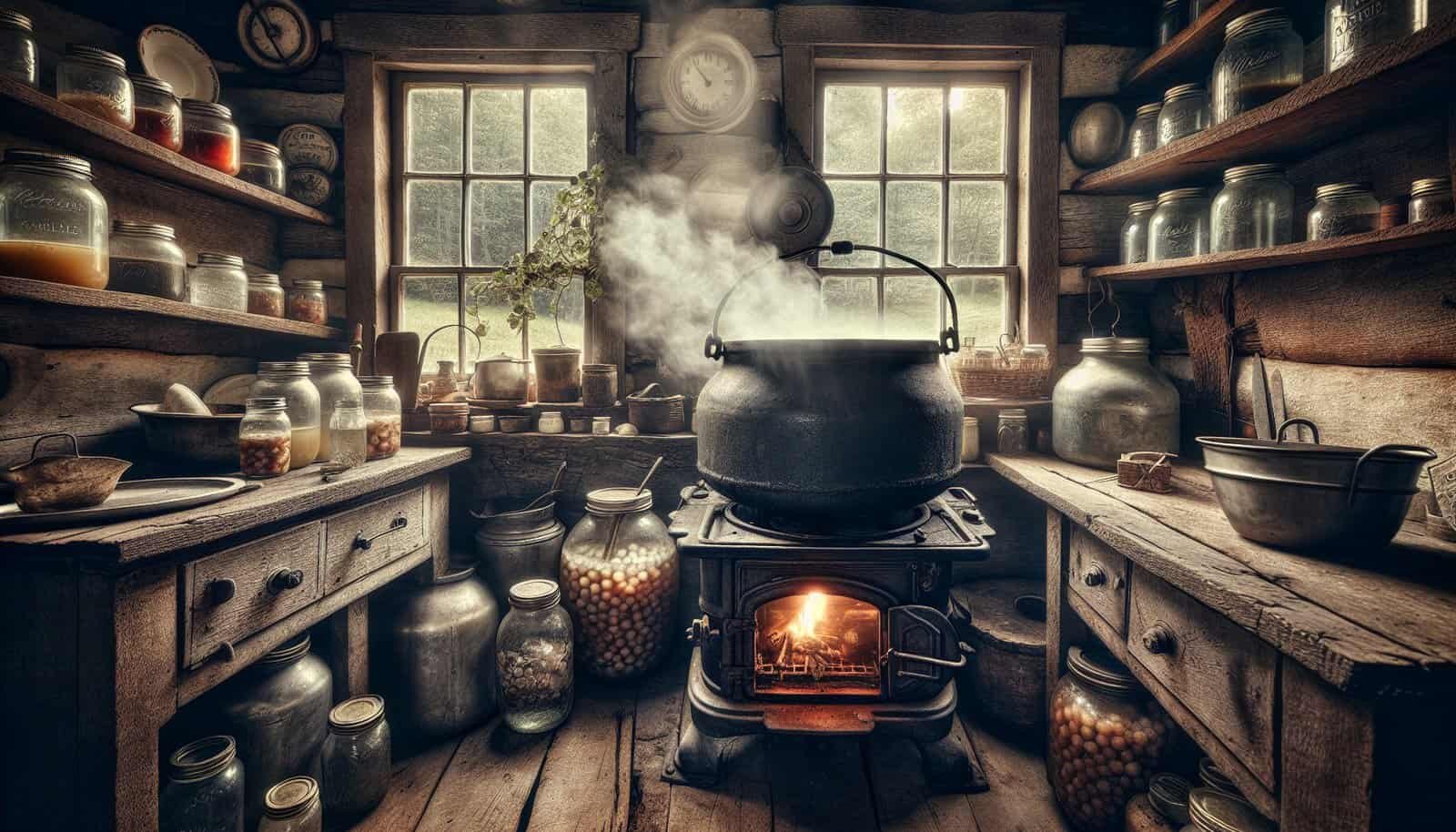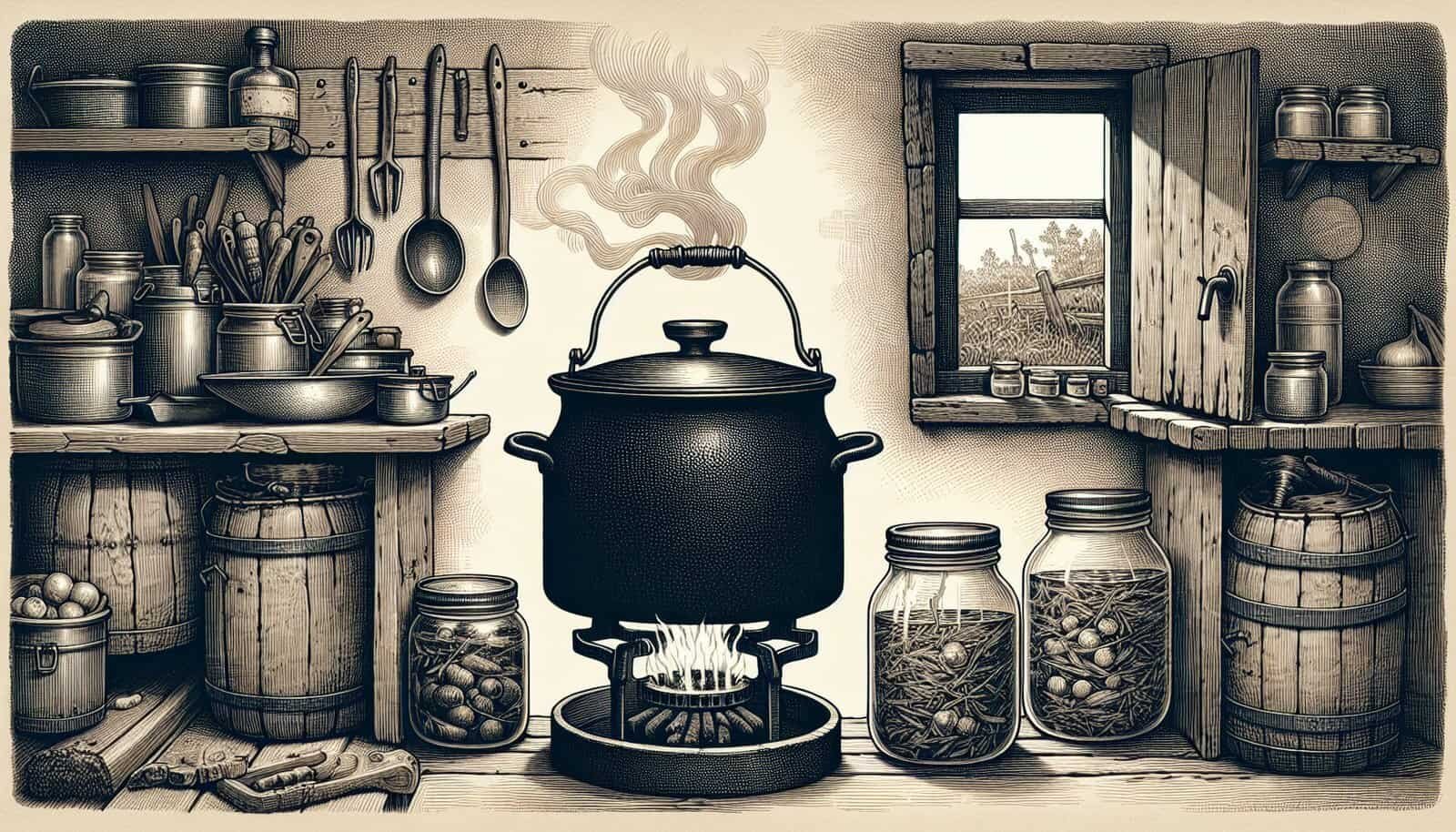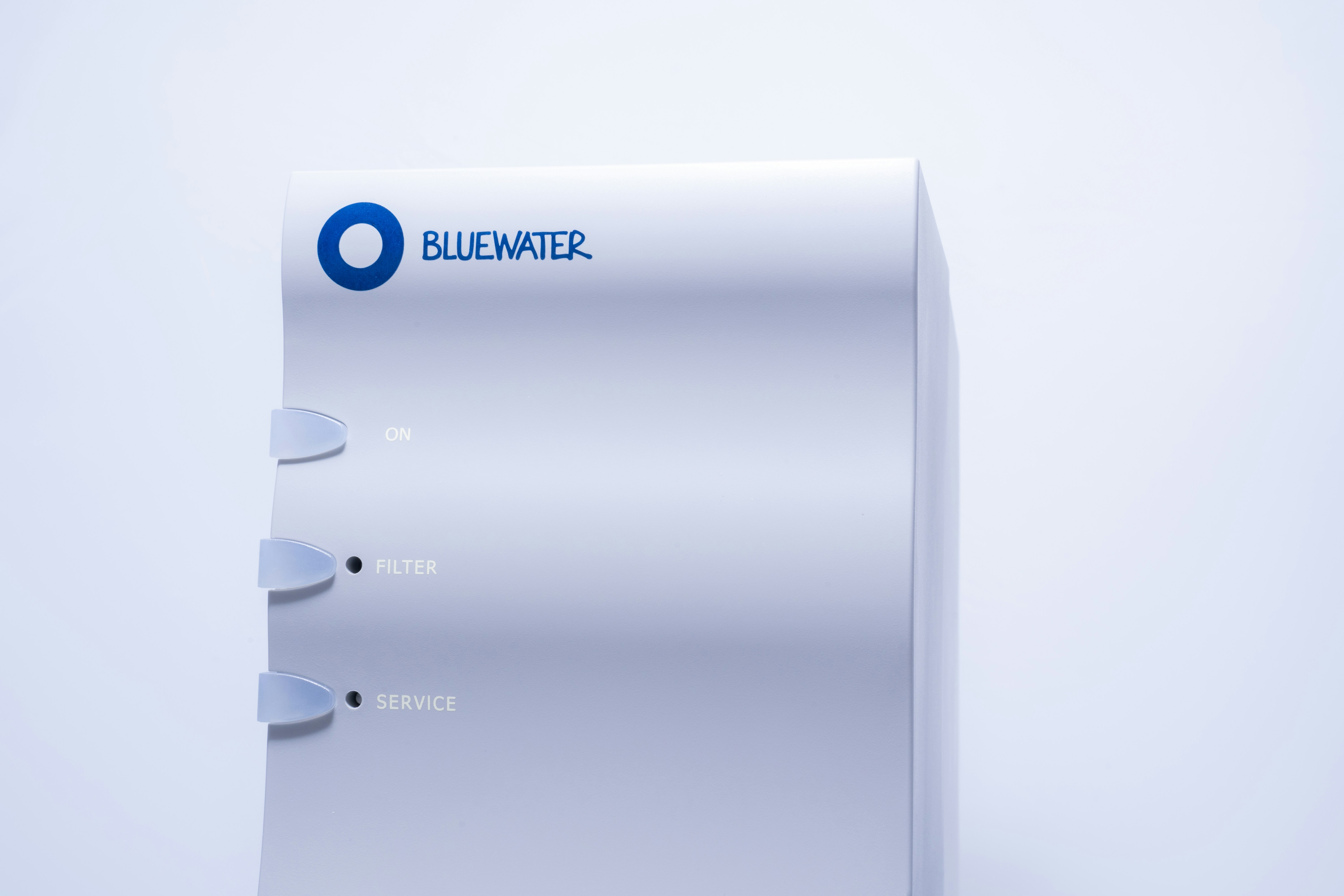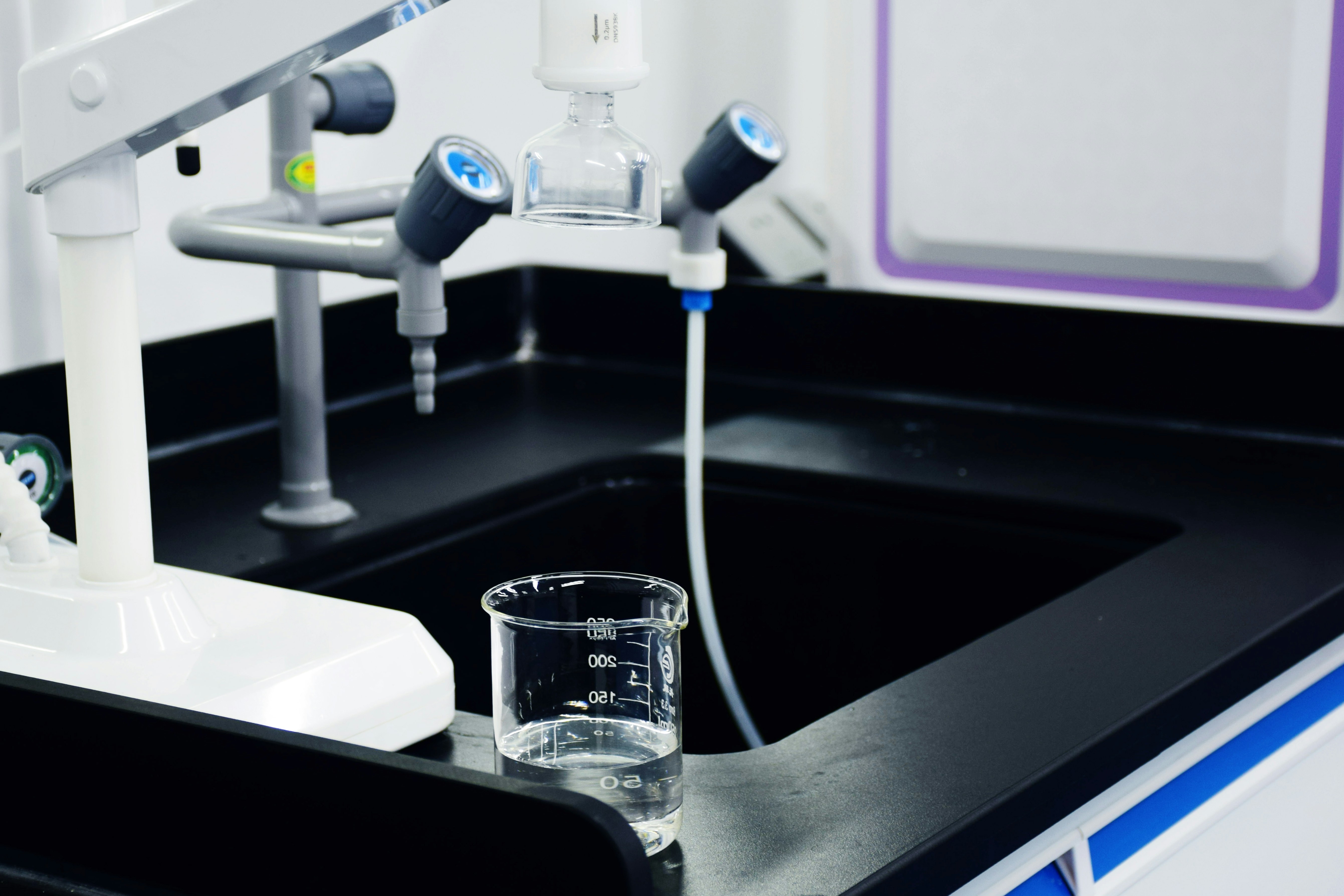Have you ever wondered if boiling well water could make it safe for you and your family to consume? You’re not alone! Many people with access to well water often ponder whether a simple boil will ensure the safety and quality of their water. Well water, derived from natural underground sources, can sometimes carry contaminants that you might not want in your drinking glass. In this article, we’ll explore whether boiling can effectively purify well water, delve into how the hardness of water can affect its safety, and discuss other considerations you should keep in mind.
Understanding Well Water Contamination
Before we answer the main question, it’s crucial to grasp how well water can become contaminated. Well water is natural groundwater drawn from below the earth’s surface. While its natural origin might make it seem pristine, well water can sometimes be a cocktail of various substances, both natural and manmade.
Common Contaminants
Groundwater can be affected by a variety of contaminants, which can be broadly categorized into two types: biological and chemical.
Biological Contaminants: These include bacteria, viruses, and parasites. A common bacterium found in well water is E. coli, which can cause serious health issues.
Chemical Contaminants: These can come from agricultural runoff, industrial processes, or natural mineral deposits in the ground. Nitrates from fertilizers are a typical example, along with heavy metals such as lead and arsenic.
Sources of Contamination
Contaminants can enter well water through various means. Agricultural activities often involve the use of fertilizers and pesticides, which can leach into groundwater. Industrial sites may release chemicals that seep into underground aquifers. Even naturally occurring minerals in the earth can dissolve into the water. Understanding the source of contamination is essential in determining the right approach to purify your water.
Boiling Well Water: Is It Enough?
Boiling water is a well-known method for eliminating certain contaminants, but is it enough for well water? To answer this, let’s break down what boiling does and doesn’t do.
The Science of Boiling
Boiling water involves heating it to a temperature of 100 degrees Celsius (212 degrees Fahrenheit) and maintaining that temperature for a set period. At this temperature, harmful microorganisms such as bacteria, viruses, and parasites are typically killed or rendered inactive. The CDC recommends boiling water for at least one minute at this temperature to ensure it’s safe to drink.
What Boiling Achieves
Eliminates Biological Contaminants: Boiling is highly effective against most pathogens. It’s a reliable method to make water safe from harmful microorganisms.
Improves Clarity: Any suspended solids or particulates can settle once boiled, making water clearer though not necessarily free from chemical contaminants.
Limitations of Boiling
While boiling is effective against biological threats, its impact on chemical contaminants and minerals is limited.
Inability to Remove Chemicals: Boiling does not remove chemical contaminants like nitrates, lead, arsenic, or pesticides. These substances don’t evaporate at the boiling point of water, so they remain present.
Increased Concentration of Some Contaminants: As water boils away, it leaves behind dissolved impurities, potentially concentrating certain chemicals or minerals.
How Water Hardness Affects Well Water Safety
Water hardness refers to the concentration of minerals, mainly calcium and magnesium, dissolved in the water. Although not harmful to health, hard water can affect the safety and usability of well water in indirect ways.
Identifying Hard Water
Hard water often leaves mineral deposits on fixtures and surfaces, known as “limescale.” Feelings of dryness on skin after showering and difficulties with soap lathering are common indicators of hard water.
Impact on Well Water Systems
Plumbing and Appliance Damages: Over time, mineral buildup can cause blockages and reduce the efficiency of your water system and appliances.
Interaction with Soaps and Detergents: Hard water interacts poorly with soaps and detergents, limiting their effectiveness which can affect cleanliness.
Effect on Water Heaters: Hard water can cause mineral deposits in water heaters, reducing their efficiency and lifespan.
Though hard water isn’t a direct health threat, it might complicate the purification process and affect the longevity of pipes and appliances, indirectly influencing water safety and utility.
Proper Testing for Safe Well Water
Given the uncertainty about contaminants left after boiling, regular water testing is essential. Testing helps you understand the precise content and quality of your well water, guiding you on the necessary purification methods.
Components of a Comprehensive Test
Biological Analysis: Tests for bacteria like E.coli and coliforms.
Chemical Examination: Determines levels of chemicals such as nitrates, nitrogen, and any organic contaminants.
Heavy Metal Screening: Checks for lead, arsenic, and other metals.
Mineral Content Assessment: Evaluates levels of calcium, magnesium, and other minerals affecting hardness.
Frequency and Methods of Testing
It’s advisable to test your well water at least once a year. However, if you observe changes in the water’s smell, taste, or appearance or if there are new potential sources of contamination nearby, testing should be carried out more frequently.
Testing can be conducted through home water test kits or by professional labs that provide detailed and reliable reports.
Alternative Purification Methods
While boiling well water is beneficial against biological contaminants, you might need alternative or additional purification methods to ensure safety, especially against chemical pollutants.
Filtration Systems
Activated Carbon Filters: Effective in removing chlorine, volatile organic compounds, and certain pesticides.
Reverse Osmosis Systems: These systems can effectively remove a broad range of contaminants, including nitrates, dissolved solids, and some heavy metals.
Ion Exchange: Primarily used to soften water by replacing calcium and magnesium with sodium or potassium.
Chemical Treatment
Water Softeners: These systems can reduce hardness by chemically treating the water to exchange ions.
Chlorination: Adding chlorine can eliminate bacteria and certain viruses. However, it should be carefully monitored due to potential by-products.
UV Purification
UV systems are quite effective against microorganisms without adding chemicals to the water. They require clear water since any suspended particles can impede the UV light’s effectiveness.
Making a Plan for Safe Water Consumption
Now that you’re equipped with so much knowledge, it’s time to plot a pathway to certainty in your water safety endeavors. Every well is different, and what works for one might not suffice for another. Here’s a plan to tailor for your needs:
Regular Testing: Establish a schedule based on your regional guidelines and personal circumstances for consistent testing of water quality.
Combine Methods: Use a combination of purification systems. For example, combine reverse osmosis with UV treatment for comprehensive security against both chemical and biological threats.
Stay Informed: Keep abreast of environmental changes in your vicinity that might impact water quality (new agricultural activities, construction projects, etc.).
Professional Consultation: Don’t hesitate to seek advice from water quality experts to analyze test results or recommend suitable purification systems.
Routine Maintenance: Ensure regular maintenance of any installed system to retain its effectiveness and efficiency.
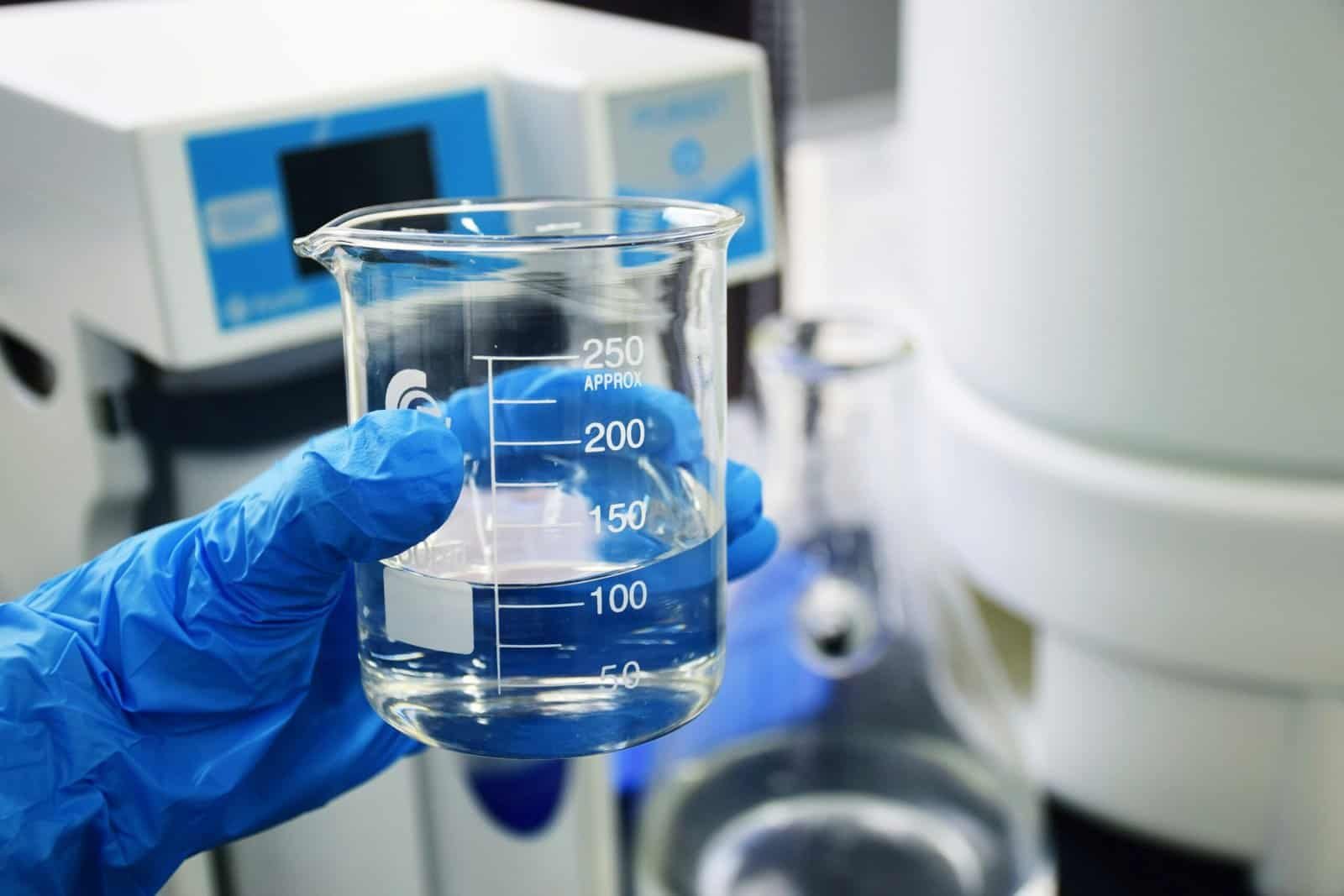
Monitoring Changes and Upgrading Systems
As technology advances and environmental factors evolve, your approach to maintaining well water taste and safety might need updating. Continuous monitoring ensures you remain proactive rather than reactive to potential water quality issues.
Upgrading Your Systems
Advances in filtration and purification technology could provide more efficient and cost-effective solutions for your water quality needs. Be open to upgrading systems when newer, more advanced options become available.
Environmental Awareness
Stay aware of changes in land use, industrial activity, and natural events, as these can significantly influence water quality. Adapting your water quality plan to these changes is essential.
Well Water Safety: A Shared Responsibility
The responsibility of ensuring that the water you and your family consume is safe falls to you. However, it is important to remember that many resources exist to support you in this task. Reach out to your local health department, cooperative extension, or professional water quality experts to provide guidance and assistance as needed.
Ensuring safe and clean water from your well involves a comprehensive approach—including regular testing, appropriate boiling and filtration methods, and staying informed about changes in water quality. While boiling well water can eliminate many biological contaminants, relying solely on this method might not safeguard against chemical, mineral, and heavy metal pollutants. Thus, leveraging other purification techniques alongside boiling ensures the quality and safety of your well water remains high.
Think of well water safety as a journey, not a destination. With the right knowledge, tools, and vigilance, you ensure not only your health but also the health of your loved ones.
